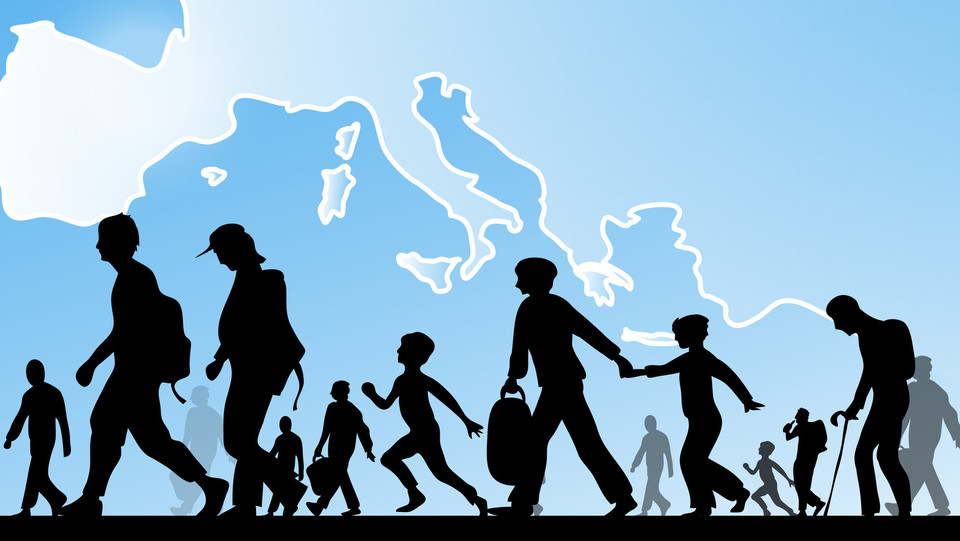Accepting Refugees Increases Per Capita Income, Productivity, and Wages in Germany in the Long Term

How has the reception of refugees after World War II affected today's productivity, wages, per capita income, rents, and population density? A new study reveals that even almost 75 years later, population density is still higher in towns that received many refugees than in those receiving few refugees. At the same time, towns that hosted more refugees, today report higher per capita incomes, higher productivity, and higher wages. Per capita income and productivity, for example, rose by about 13 percent in the long term, and wages by about 10 percent.
In their study, Professor Ciccone and Professor Nimczik analyze the economic development of towns located along the border between the former US and French occupation zones in what is today the German state of Baden-Württemberg. After World War II, millions of people were displaced to West Germany. At that time, Germany was divided into four Allied occupation zones. As the French occupation zone restricted the access of refugees, most refugees ended up settling in the US, UK, and Soviet occupation zones.
